If you visit a place or places day after day, year after year, you get to know what grows in those places, and that is how I have come to know so many lichens-because I visit them regularly. At this time of year people often think that once the leaves fall there isn’t anything colorful left to see, but that simply isn’t true. Lichens like the common goldspeck lichen (Candelariella vitellina) in the above photo are here year round for us to enjoy, and once the leaves fall many lichens become even easier to see. Look for this crustose lichen on stone. Crustose lichens form crusts that tightly adhere to the substrate that they grow on and can’t be removed without damaging it.
Bubblegum lichen (Icmadophila ericetorum) gets its name from its bright, bubblegum pink fruiting bodies (apothecia.) I find this crustose lichen growing in large patches on acid, sandy soil in full sun along with blueberries and sweet fern. It is uncommon and I knew of only two places where it grew. One of those places has been destroyed by logging however, so now there is only one place I know of to find it.
Note: Bob Klips has identified this lichen as Dibaeis baeomyces rather than Icmadophila ericetorum. One of the differences between the two is the length of the stalks that the apothecia sit on. They are longer on Icmadophila ericetorum than they are on Dibaeis baeomyces. Thank you Bob, for the help! If you haven’t visited Bob blog, “Bob’s Brain on Botany,” you should. It’s a real treat and you can find it at bobklips.com
Script lichen looks just like its name suggests but it is a very ancient script, like long forgotten runes. This is another crustose lichen but I find it growing on tree bark rather than stone or soil. The dark “script” characters are its fruiting bodies. There are many script lichen species and each seems to prefer a certain species of tree. I think this example is the common script lichen (Graphis scripta) which prefers smooth barked trees like maple.
One of my favorite lichens is the poplar sunburst lichen ((Xanthoria hasseana). Its fruiting bodies are disc like structures that remind me of orange octopus suckers. This seems to be a perpetually fruiting lichen which hasn’t stopped since I found it about two years ago. It has grown though, and now a little bigger than a quarter. I think it is one of our more beautiful lichens found in this area. This is a foliose lichen that grows on tree bark, but I’ve never found it on a poplar. Foliose lichens are lobed and leaf like.
Pixie cup lichens (Cladonia pyxidata) look like tiny golf tees or trumpets, and they are also called trumpet lichens. They are common and I almost always find them growing on the sides of rotting tree stumps, often with British soldier and common powder horn lichens (Cladonia coniocraea.) Common powder horn is, curiously, not horn shaped. They are the taller structures in this photo. Pixie cups are squamulose lichens, which means they are scaly, but they are also foliose, or leafy.
When I first found this beautiful little scattered rock posy lichen (Rhizoplaca subdiscrepans) a few years ago it could have sat on a penny with room to spare, but now it has reached quarter size. The orange pad shaped parts are its fruiting bodies (Apothecia,) and the grayish, brain like part is the body (thallus) of this relatively uncommon foliose lichen. By measuring the rate of growth of lichens scientists can get a fairly accurate estimate of how old the rocks are that the lichens grow on. This is known as lichenometry.
Smokey eye boulder lichen is another favorite of mine. The blue color seen in the above photo is caused by the way light reflects off a waxy coating on the fruiting bodies, which is very similar to the “bloom” found on plums, blueberries, and grapes. In addition to blue it can also appear black or gray depending on which direction the light happens to be coming from. The greenish-gold background color is the color of the body (thallus) of this crustose lichen.
Crustose rock disk lichens (Lecidella stigmatea) look a lot like tile lichens (Lecidea tessellate,) but tile lichens have black fruiting bodies that are sunken, or concave, and rock disk lichens have black fruiting bodies that are raised or flat. These lichens are very common on rocks of all kinds and grow in full sun.
Granite firedot lichens (Caloplaca arenaria) have a gray body (Thallus) and dark orange fruiting bodies (Apothecia,) but the fruiting bodies are so crowded that it’s often hard to see the gray thallus. This is another crustose lichen that doesn’t mind growing on granite in full sun.
Golden moonglow lichens (Dimelaena oreina) can get quite big but I usually find them at dime to quarter size. They grow in groups in full sun on granite and often grow quite close together. The examples in the above photo were fruiting, and that is something I don’t see them do very often. Their apothecia are the dark, cup shaped bodies in the centers of the examples shown. I’ve never been able to find out why so many lichens seem to release their spores so late in the year.
I showed toadskin lichen (Lasallia papulosa) in a recent post and quite a few people seemed interested in it, so I thought I’d show it again here and go into a little more detail. This lichen is very similar to rock tripe lichen (Umbilicaria mammulata) and if it wasn’t for all of the warts it would look very much like it. The warts are called pustules and on the back of the lichen there is a corresponding pit for every pustule. When wet the greenish color of the algae that is present comes through on the surface. The black dots are its fruiting bodies. Each lichen is attached to the rock at a single point that looks much like a belly button, so this is an umbilicate lichen.
When wet toadskin lichens are rubbery and pliable and feel much like your ear lobe but when they dry out they are much like a potato chip, and will crack just as easily. Like many lichens they also change color when they dry out, and turn kind of ashy gray like the example in the above photo. Toadskin lichens are also some of the hardest to find-I’ve only seen them growing on hilltop boulders.
However since most lichens grow on trees, soil, rocks, stumps and logs they’re virtually everywhere you go. Many are quite small though, so you have to walk slowly and look closely to find them. Once you’ve seen a few you’ll start seeing them almost everywhere you go. I know of a few that grow on trees right in the heart of downtown Keene.
The trees are coming into their winter bareness; the only green is the lichen on their branches.
~Verlyn Klinkenborg
Thanks for coming by.













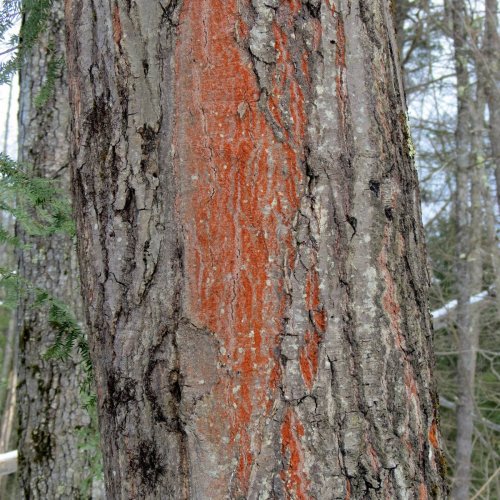
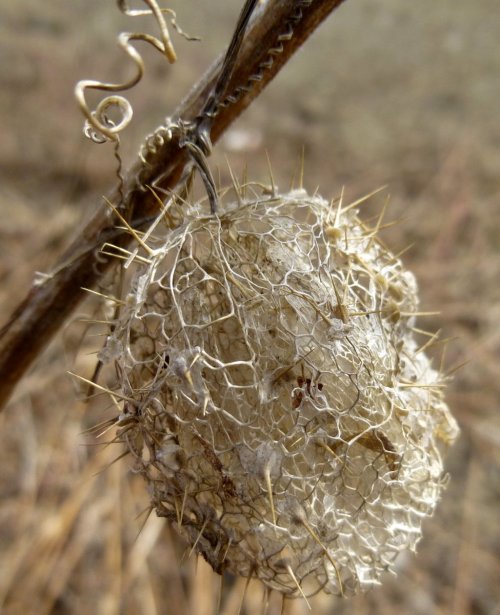
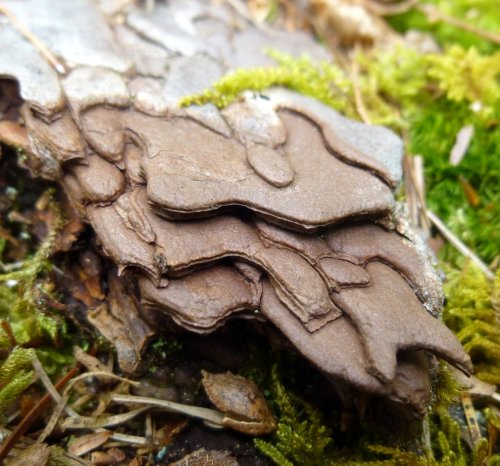
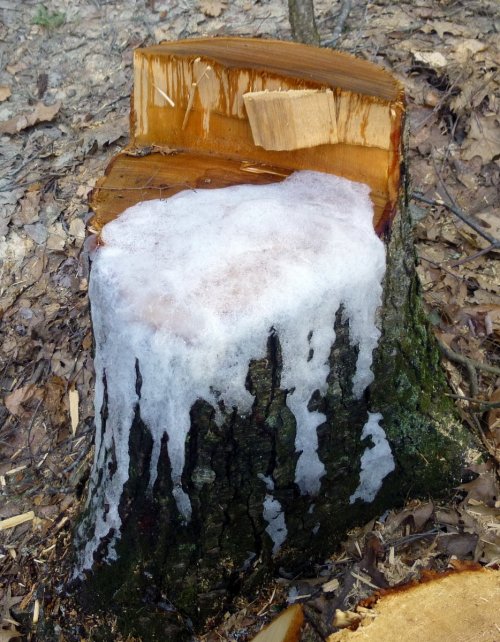
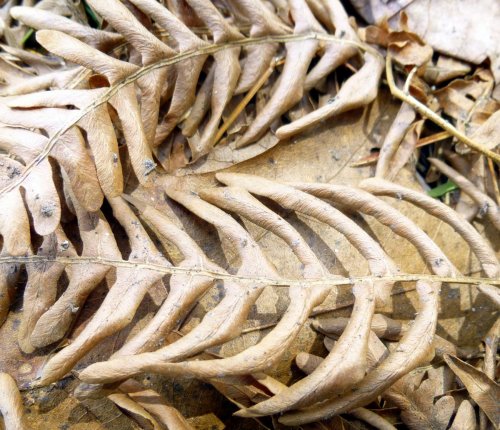
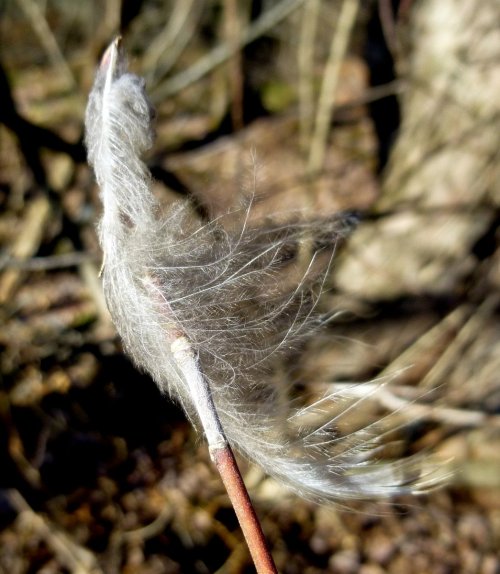
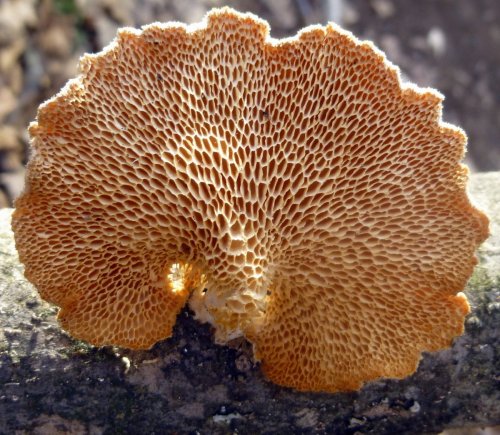


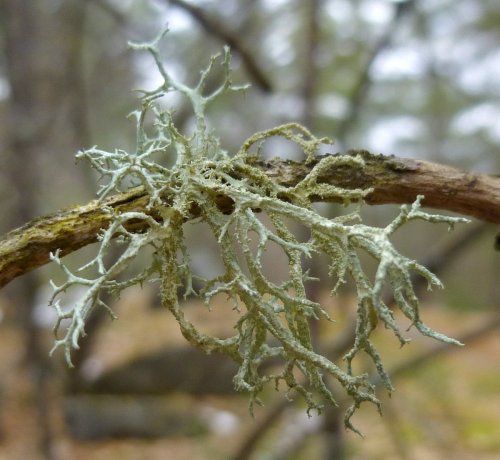
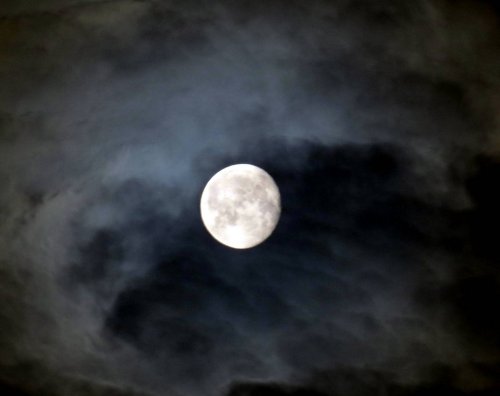







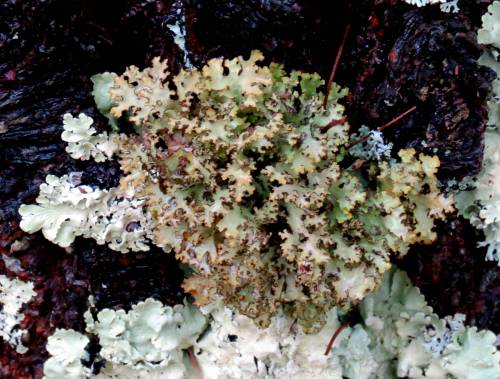







 This is also a beard lichen called bristly beard (Usnea hirta.) many lichens grow so slowly that they can take decades to grow a fraction of an inch. They are thought to be among the oldest living things on earth.
This is also a beard lichen called bristly beard (Usnea hirta.) many lichens grow so slowly that they can take decades to grow a fraction of an inch. They are thought to be among the oldest living things on earth.


 Common powderhorn lichens (Cladonia coniocraea) look just like lipstick powderhorns, but without the red tip. The spores are released from the pointed tip. These were also growing on a decaying log.
Common powderhorn lichens (Cladonia coniocraea) look just like lipstick powderhorns, but without the red tip. The spores are released from the pointed tip. These were also growing on a decaying log.







